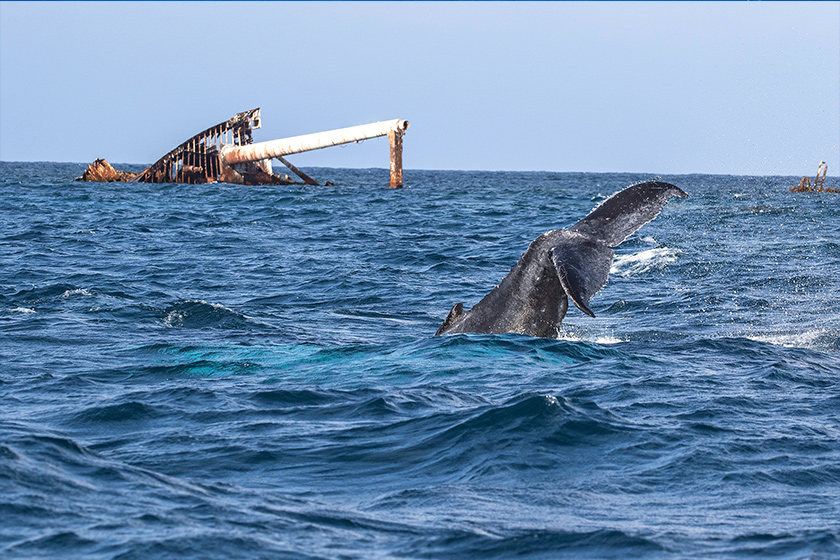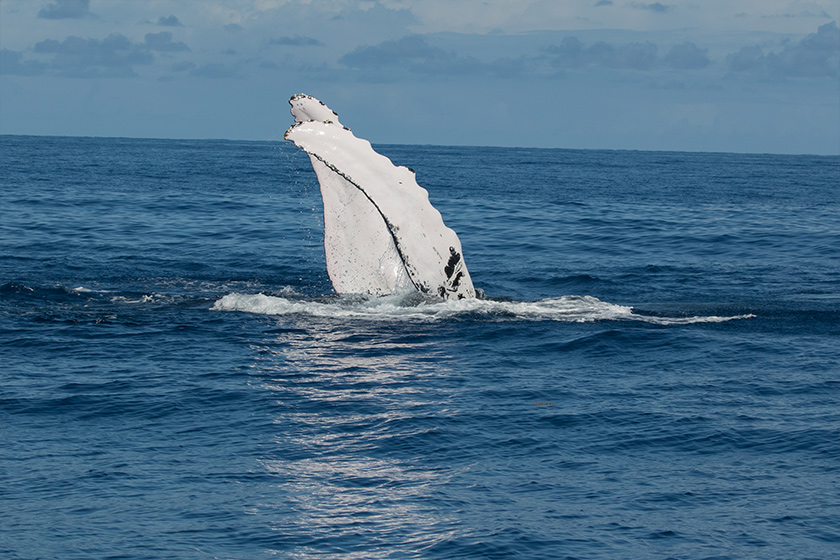Whales Of The Silver Bank
Silver Bank, Dominican Republic

Thank you for your interest in a Whales of the Silver Bank expedition! Observing humpback whales above and below water is without a doubt one of the most unique and moving experiences available, so we are delighted you are considering joining us. We would like to give you a brief background and explanation of what you'll encounter if you join us on the Silver Bank.


Why humpbacks undertake such an extensive migration is unknown, as is their exact route, but we do know that their arrival is reliable and predictable. Pregnant female humpbacks calve during this time, and estrous females seek to mate; testosterone peaks in males and competition is high. Surface activity is frequent during this time: breaching, lob tailing, and fin slapping are some of the behaviors that can be seen on a daily basis. Rowdy, or competitive, groups also form frequently and are an especially exciting behavior unique to the mating grounds. Rowdy groups are composed of two or more males vying for proximity to a female; the dramatic efforts to displace one another are thrilling to witness. Males become more vocal during this time as well, and the seas are filled with their plaintive song.
From Our Clients
The live aboard atmosphere was like being with people I've known for years.
-- Winnie Romeril & Dave Schenck





